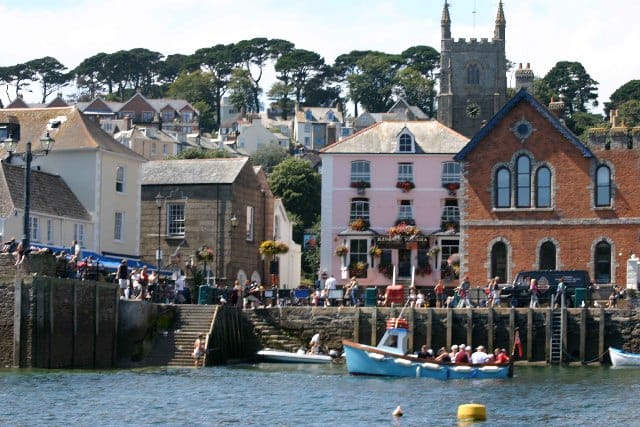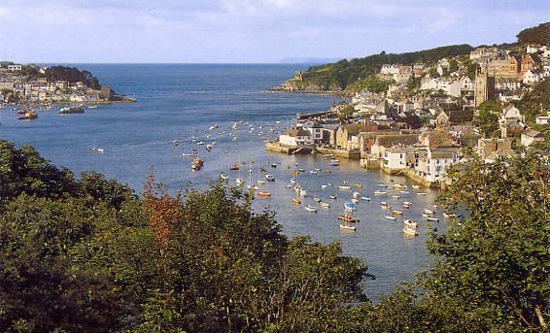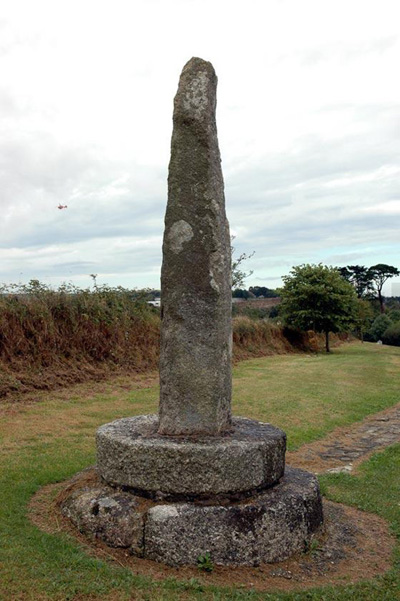Fowey, Cornwall

Fowey in Cornwall has many literary associations going back to Joseph of Arimathea, of Holy Grail fame no less. Joseph, introduced in Luke 23, is known for burying the body of Jesus in the tomb, assisted by Mary Magdalene and Mary the mother of Jesus. But there is a legend that when Jesus was a child, Joseph brought him to Fowey, while on the way to Glastonbury. There is a cross at the entrance to the river, on the left side of the photo below, to commemorate their landing. Known locally as “Punchy Cross,” this name is supposedly derived from Pontius Pilate. The legend also became the inspiration for William Blake’s patriotic hymn Jerusalem:
And did those feet in ancient time
Walk upon England’s mountains green?
And was the holy Lamb of God
On England’s pleasant pastures seen?
For Blake's paintings, see here, here, here and here.

On the road out of town is Tristan’s Stone, a 7-foot tall grave marker (below) that many associate with the legend of Tristan and Iseult and King Mark. Although the Latin lettering is faded, it reads DRUSTANS HIC IACIT CVNOWORI FILVS (“Here lies Drustanus, son of Cunomorus”) which has been interpreted as Tristan, son of King Mark. Archaeology and etymology to some extent support this – Mark was King of Cornwall and Tristan was said to be from Lyonesse, a land now under the sea to the southwest of Cornwall. There are Welsh, Breton and Irish strands to the story.

Also near Fowey are Daphne du Maurier's house, Menabilly, which served as the model for Manderley in her Gothic romance Rebecca, the river village of Lerryn, which served as the inspiration for Kenneth Grahame's Wind in the Willows and the Eden Project, an environmental science theme park that now draws many visitors a year.
